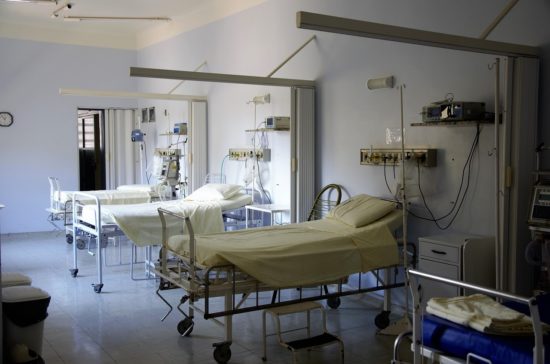What is Antibiotic resistance?
What is antibiotic resistance?
Antibiotic resistance is the ability of bacteria to become insensitive to the action of an antibiotic: the specific antibiotic does no longer inhibit the growth of the bacteria or the bacteria are no longer killed by the antibiotic. Treatment of a patient or sick animal with the antibiotic to which the bacteria are resistant has no effect: the bacteria continue to grow undisturbedly and the infectious disease may further develop.
An antibiotic resistant bacterium has ‘downloaded an app’.
A resistant bacterium has one or more ‘tools’ at its disposal that make it insensitive to an antibiotic. So to say the bacterium has ‘downloaded an app’ providing:
- The ability to break down the antibiotic after entering the bacterial cell (‘degradation’) or to change its structure (‘modification’). In both cases, the antibiotic is no longer effective.
- The ability to simply kick out the antibiotic after having entered the bacterial cell (‘efflux’).
- The ability to alter the ‘grip’ of the antibiotic on its target in the bacterial cell and makes is no longer effective.
The ‘tools’ are laid down in and defined by the genetic material of the bacterium (the DNA). This can either be the bacterium’s own DNA (‘the chromosome’) or small pieces of ‘foreign’ DNA that can enter, be present and sometimes also stay in the bacterium (‘plasmids’). See my previous blog. Bacteria can have these ‘tools’ already at their disposal but also obtain these after obtaining the plasmids (downloading the app) and as a result become insensitive to one or more antibiotics.
When does a bacterium become resistant?
Also here we see several possibilities:
- As said, the bacteria can already be resistant to a certain antibiotic. The genetic information of the ‘tool’ is then already present (naturally or obtained recently).
- The bacteria can acquire the plasmids (‘download the app’) which renders them insensitive for the antibiotic.
- The DNA of bacteria can, more or less spontaneously, change (‘mutate’), resulting in resistance to the antibiotic.
Resistance occurs primarily when antibiotics are present: then the ‘tools’ are switched on.
How does a resistant bacterium spread?
Basically resistant bacteria behave in the same way as their non-resistant counterparts: they divide and spread as normal by body contact, via (waste) water or air or via food.
How does the chance on resistance formation spread?
The chance on resistance formation is spread in several ways:
- Resistant bacteria can spread themselves and herewith spread the transfer of plasmids to other bacteria (‘horizontal gene transfer’) and to their offspring (‘vertical gene transfer’).
- Plasmids themselves may spread in for example wastewater, be taken up again by new bacteria and render these resistant.
- Residues of antibiotics in food products or wastewater may lead to new resistant bacteria.
All in all there is great dynamics in the development and spreading of resistance. This is why it is so difficult to contain resistance.
And resistant to multiple antibiotics?
Bacteria may become resistant to several and even to all commercially available antibiotics. In these cases we speak of ‘superbugs’: multi-resistant ‘MDR’ bacteria and ‘XDR’ bacteria which are resistant to all available antibiotics. XDR bacteria can hardly or not bet treated anymore…
Once resistant, always resistant?
Resistant bacteria keep their resistance for a while, but then their resistance may fall back. Sometimes the ‘the app is only switched off’ and sometimes the resistance disappears completely (‘the app is deleted’). It is a good thing that resistance is not permanently present as otherwise we would only remain with the resistant bacteria…
Does resistance to all antibiotics arise?
The answer is yes. All antibiotics currently on the market are known to lead to resistant bacteria. Regardless of the type, formulation, administration, mechanism of action or absorption into the body. Put differently: there are no antibiotics to which bacteria have remained sensitive.
How old is resistance?
Resistance occurs naturally in bacteria. Most likely as a natural reaction to naturally occuring antibiotics in other bacteria, in other micro-organisms and in the environment. Resistance formation has developed somewhere in the past 3.5 billion years old evolution. Resistant bacteria have been found in ice layers formed millions of years ago. The first researcher to demonstrate resistance in bacteria was Sir Alexander Flemming, the discoverer of antibiotics. He was also the first to warn for the dangers involved in bacterial resistance.

